It’s no secret that the number of purchases made online is increasing. The total revenue from online retail shopping in the United States is projected to reach $1.3 trillion by 2025 — which means if you’re a retailer who isn’t competing in the online shopping industry, you’re missing out.
And shoppers aren’t just buying on websites — they’re using mobile apps as well. Customers can now go from an ad to a shopping cart in a mobile app in just a few clicks.
If you’re looking to capitalize on this growing trend, here’s a guide on how to make a selling app.
The benefits of a selling app
So, why go through the trouble of figuring out how to make a selling app? The benefits of apps range from increased sales and customer loyalty to greater brand recognition and increased customer convenience — to name a few.
Not only will creating an app make it easier for your customers to buy your products, but it will also help you retain those customers. Mobile apps allow you to send notifications to keep customers informed about their purchases, upcoming sales, and loyalty programs so they stay engaged with your brand.
Include the right features
When building a selling app, it’s important to consider the features to include. Any selling app has two main components: a customer panel for those using the app to make purchases and an admin panel for the seller maintaining the app. Let’s dive into some of the necessary features for both.
Customer panels
A good customer panel will include the following features.
- User login: With this feature, existing customers can save their information or even connect their profile to an online social media account, such as Facebook or Instagram. If users prefer not to create an account, you can offer a guest checkout feature.
- User profile: If users do create an account on your app, their user profile will store necessary information, such as their shipping address, billing address, payment information, and purchasing history.
- Product catalog: To sell items, your app will need to list all the items you’re selling. Adding description tags to each item will allow customers to search for products more specifically, filtering by size, color, style, and other characteristics.
- Product search: Provide a search function that allows users to look up the product by name or description.
- Shopping cart: The shopping cart is a basic feature that facilitates your customer’s shopping experience, allowing them to add and remove items from their cart or choose specific product options before purchasing. They’ll also enter promo codes in the shopping cart (if you offer them) and pay for their orders.
- Online payment functionality: Once users have added items to their shopping cart, they need to be able to make a purchase. By using third-party payment systems such as PayPal, Stripe, Google Pay, or Apple Pay, you can allow customers to purchase their items securely and quickly.
Admin panel
The admin panel is what you and your employees see when logging into the app on the back end. A good admin panel will have the following features.
- Sign-in: Administrators for your app should be able to sign in and create profiles quickly and securely.
- Admin roles: One user — usually called a superuser — should be able to assign different roles to different admins so each person has access only to the information necessary to do their job.
- Dashboards: This feature will allow administrators to see necessary information for their admin role in one place. Each admin will have access only to information that’s relevant to them, depending on their role.
- Customer chatbot: A chatbot will allow customers to access customer support online or through a mobile app. This will save time for your admins by automating the customer support process for answering frequently asked questions.
- Analytics dashboard: Analytics dashboards will give admins access to all data on the number of purchases and transactions, as well as the total revenue, on your app. This will allow your team to track business growth, analyze sales data, and identify potential problems early on. Tools like Google Analytics, Flurry, and Firebase can help with this.
Choose the right software
To save time and money when creating your selling app, you have to choose the right software. Jotform Store Builder, for example, allows users to create mobile store apps using drag-and-drop features, and it provides an extensive number of widgets for easy customization.
Jotform Store Builder also integrates with many third-party apps, including 25-plus payment gateways, and offers more than 100 store templates to help you get started quickly — whether you’re selling products, services, subscriptions, or something else. Jotform also offers helpful YouTube tutorials, in case you need more guided instruction on how to make a selling app.
Launching a selling app will take your business to the next level, giving your customers easy access to your products and making sure they know about upcoming sales and promotions. You’ll increase customer engagement, expand your business, and generate more customer loyalty.



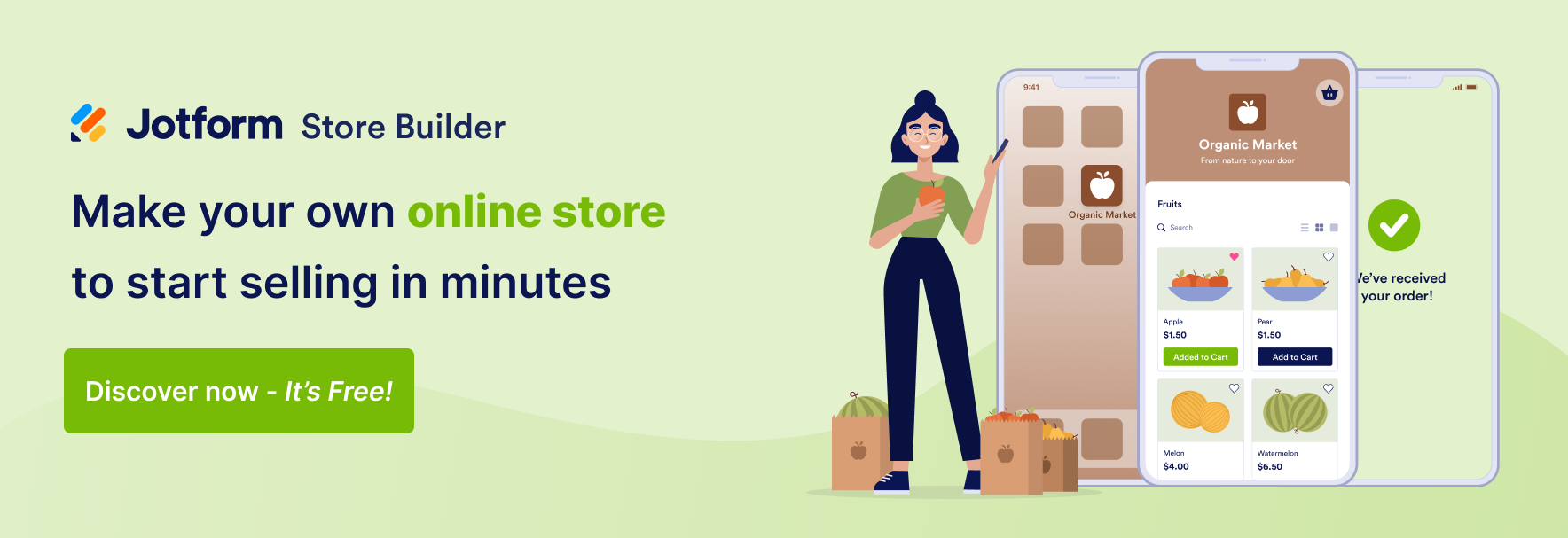











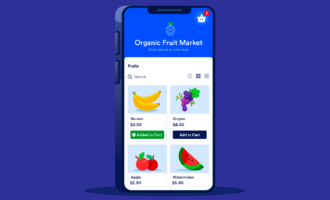





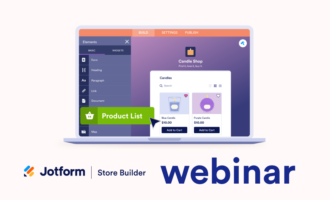
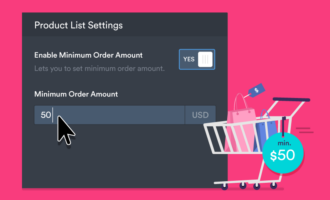
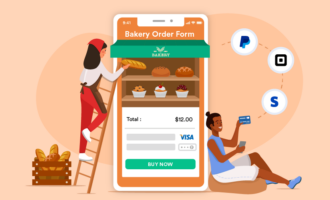



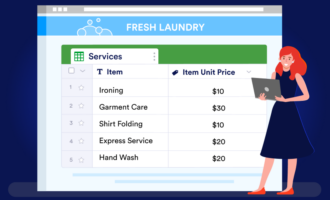
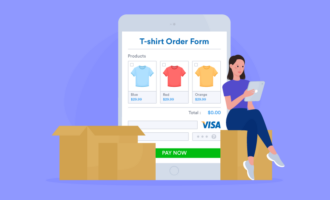









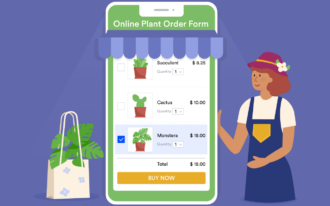
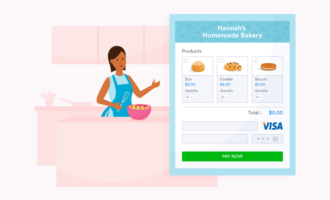
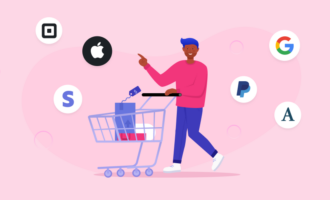




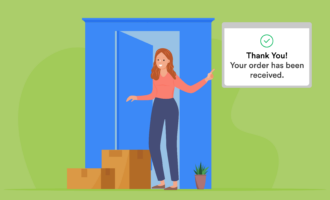

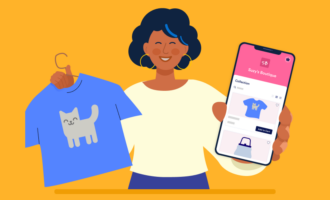
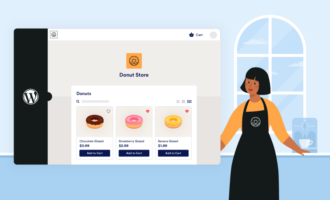

Send Comment: